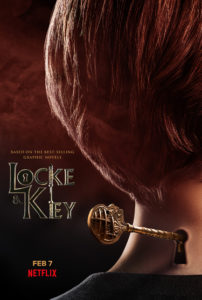
After several false starts, an on-screen adaption is finally happening, and it is fortunately well worth the long wait. The Beat has seen the first season of Locke & Key, and it does not disappoint! Check out our review, and be sure to let us know in the comments what keys you hope to see on-screen when the first season debuts on Netflix on February 7th, 2020.
Locke & Key
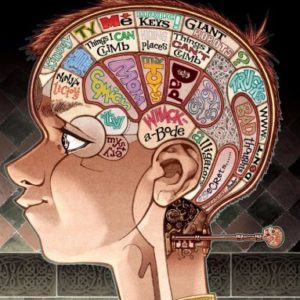
Unsurprisingly, the immensely appealing nature of these magic keys has attracted the attention of something considerably more malignant than the Locke family. Soon, the Locke children find themselves on the front lines of a war that has been going on for centuries: a war in which both the weapons used and the prize to be won are the magic keys of Keyhouse.
Welcome to Keyhouse
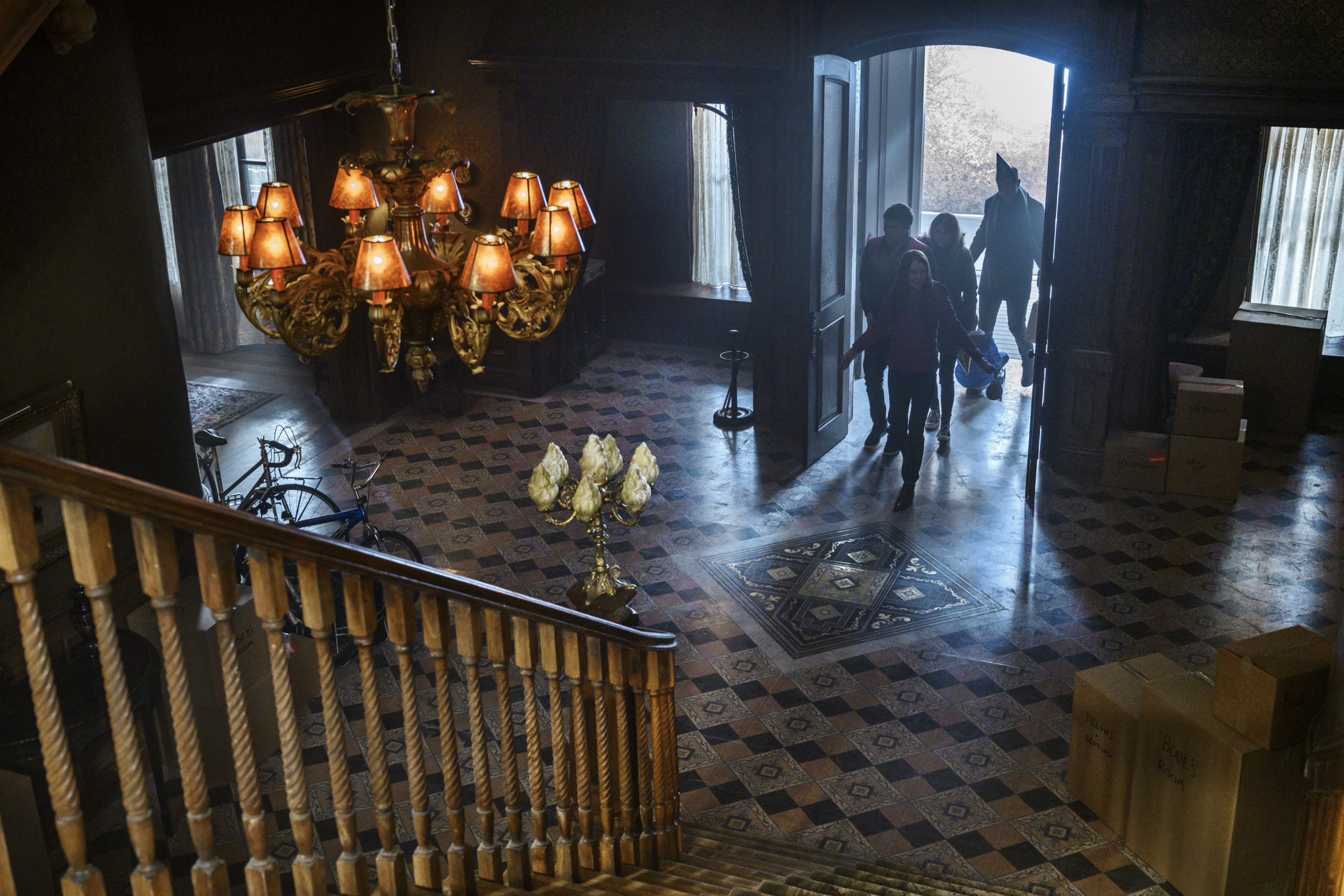
Adapting such a rich text comes with plenty of challenges, including how to adapt the essential imagery of the story from one medium to another: while both comic books and television series may be visual methods of storytelling, what works in a comic book panel may not always work on the screen.
For the most part, Locke & Key on Netflix succeeds in adapting these elements, and perhaps the most successful aspect of the adaption is Keyhouse itself. Thanks to Rodriguez’s blueprints of the house and the unparalleled detail in his depictions of the ancestral Locke home, opening an issue of Locke & Key feels like using the Anywhere Key to personally visit Keyhouse.
The Netflix series does an incredible job of recreating this sense of place. The Keyhouse sets are carefully curated adaptions of the comic that bring the Locke’s home to life on screen, both inside the house and out. This is especially evident when Bode peers down into the well in the first episode, immediately invoking one of the memorable panels from the comic. While the on-screen Keyhouse may not be an exact match for its comic book counterpart, it is extremely effective at communicating the sense of scale and mystery that defined the on-page version of the Locke home.
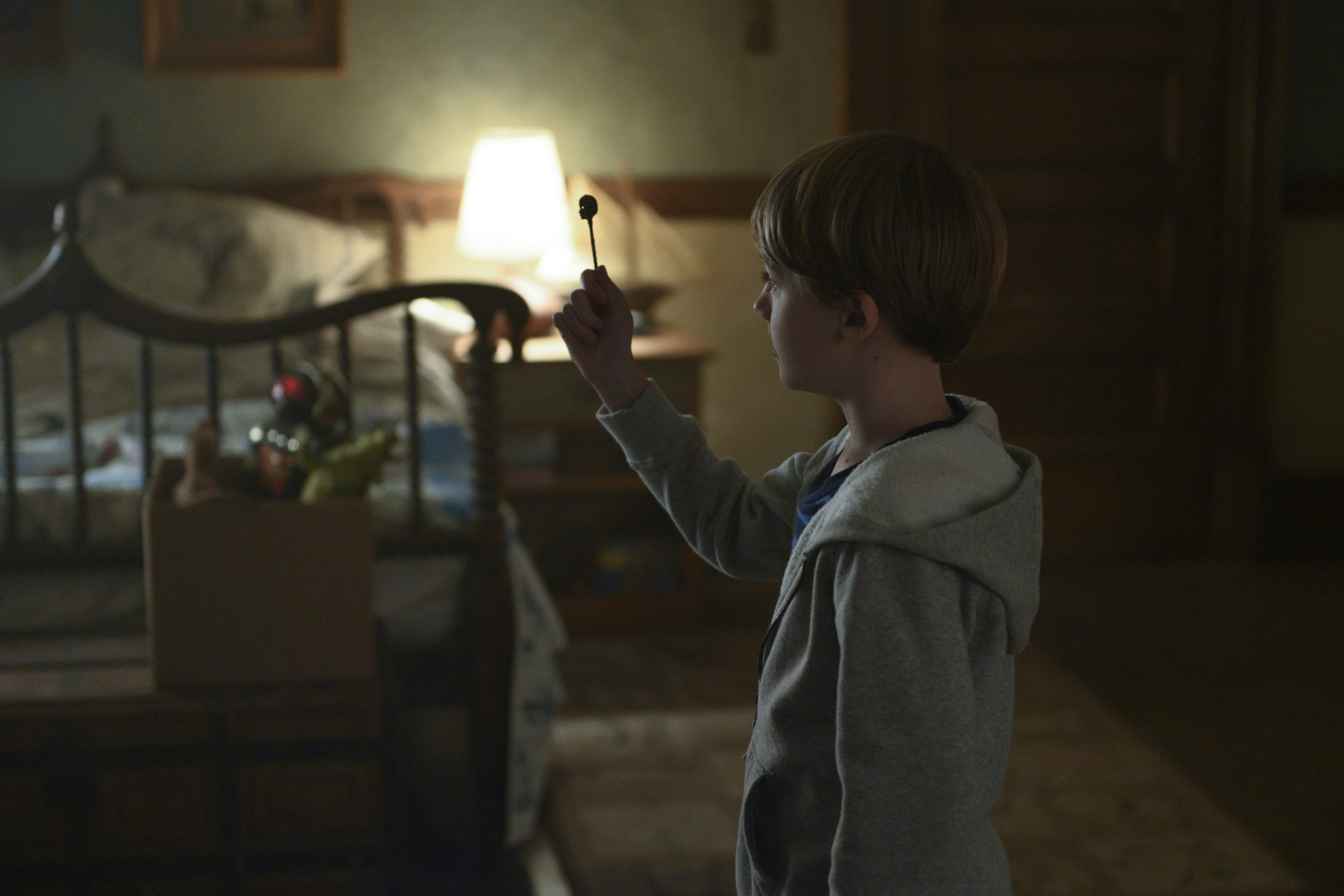
The Head Key proposes a more complicated challenge for adaption, and the series manages to pull it off thanks to a slight variation on the mechanism used to access one’s brain using the magical key. By contrast, the Crown of Shadows proves more difficult to effectively adapt, in part due to Rodriguez’s incredible artwork: in the comic, each shadow has a distinctive character design (the same “shadow characters” serve the wearer of the Crown of Shadows throughout the generations), a trick that is easier to accomplish with the immobile shadows on the page.
Keepers of the keys
The series is at its strongest when the Locke children take center stage. All three characters are well cast, with Conor Jessup as Tyler, Emilia Jones as Kinsey, and Jackson Robert Scott as Bode. The different journeys each of the kids have as they attempt to process the trauma of losing their father and redefine their relationships with one another are each compelling, with Kinsey’s storyline being an especially interesting exploration of the character’s interiority. And Bode in particular so effectively embodies his comic book counterpart you’ll begin to wonder if there’s a previously unmentioned Book Key that allows fictional characters to exit the page and enter our world, where they’re free to star in their own on-screen adaptions.
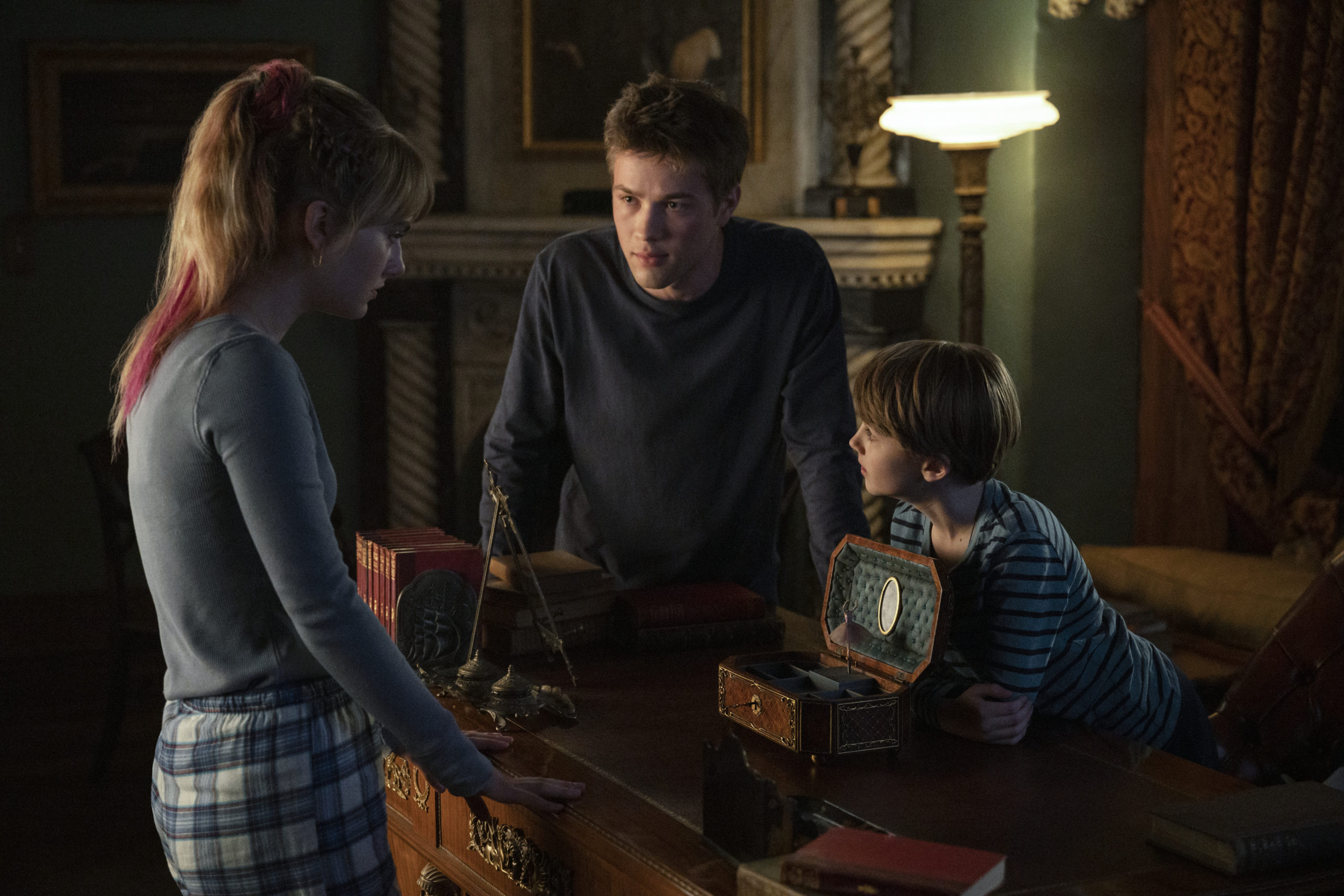
Another extremely strong element of the Netflix adaption is the sense that the Locke children are coming into the story in the middle chapters. Just like the source material, the story of the Locke family extends back generations, and part of the unfolding narrative involves the characters’ discoveries of the hidden history of their ancestors.
The score is well done, but be forewarned: the theme song, like so many Netflix theme songs, is quite the earworm. It’s so catchy, hearing it is akin to having the music placed directly into your brain with the Head Key.
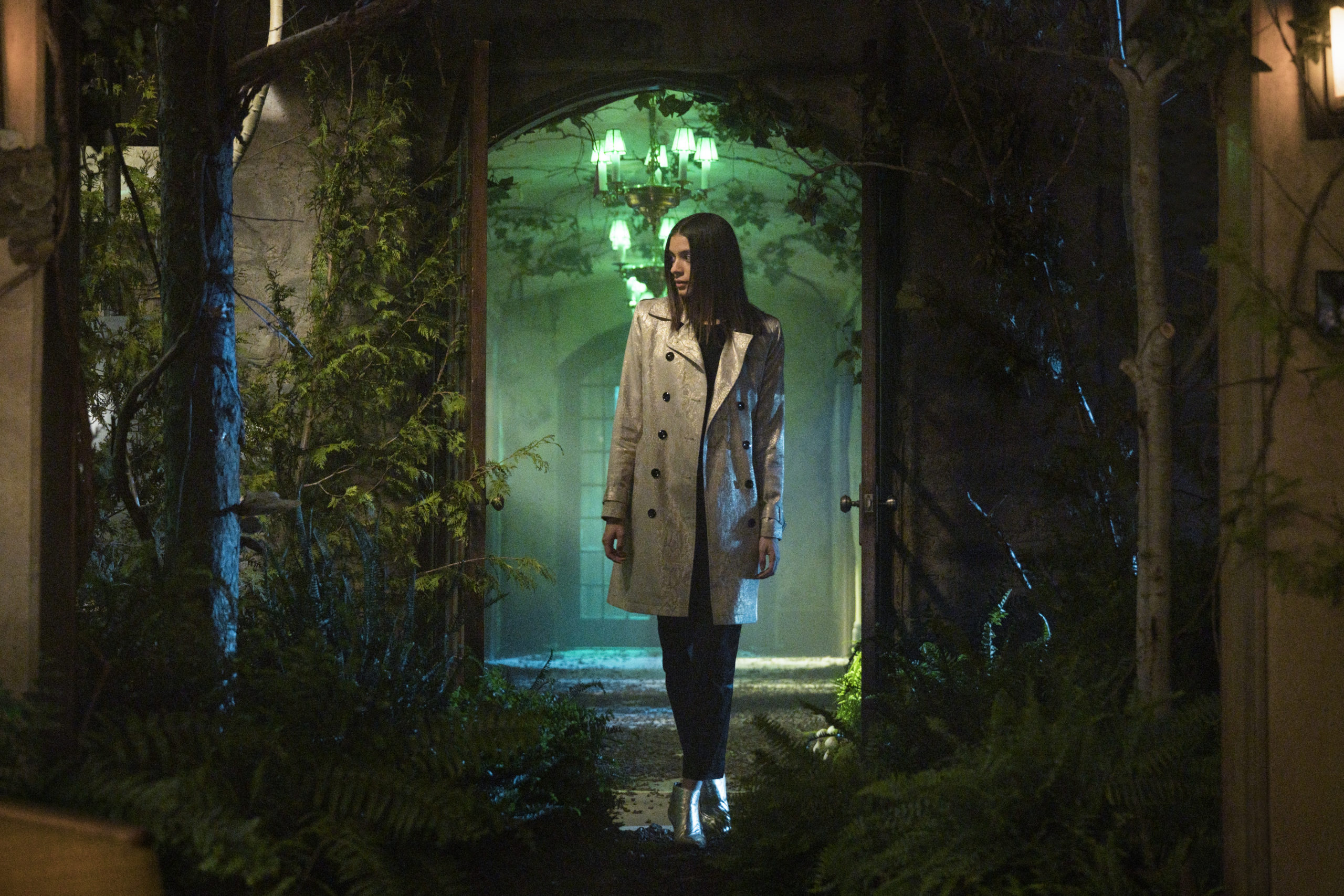
Elsewhere in the adaption, some of the edges of the comics have been slightly reshaped, probably for the better. In one instance, the Gender Key and the Skin Key seem to have been replaced with the Identity Key. In another example, the namesake of the fictional town where the story is set has been changed from H.P. Lovecraft to Richard Matheson (in a 2016 interview in the back of the Locke & Key: Golden Age one-shot Small World, Hill remarked that the majority of his work had been influenced by Matheson’s writing).
New additions and plenty of potential
Some story elements have been added to more fully explore the relationship between Tyler and Kinsey and their classmates at Matheson Academy, and these additions generally work well (although I am slightly disappointed that none of the members of the Savini Squad ever visit the Matheson hardware shop).
A few additions have also been made to the collection of keys with the screen in mind, taking advantage of the visuals that can be achieved with video, sound, and movement. Hopefully, future seasons of the show will continue this trend and add even more keys specifically designed to work well through the medium of television.
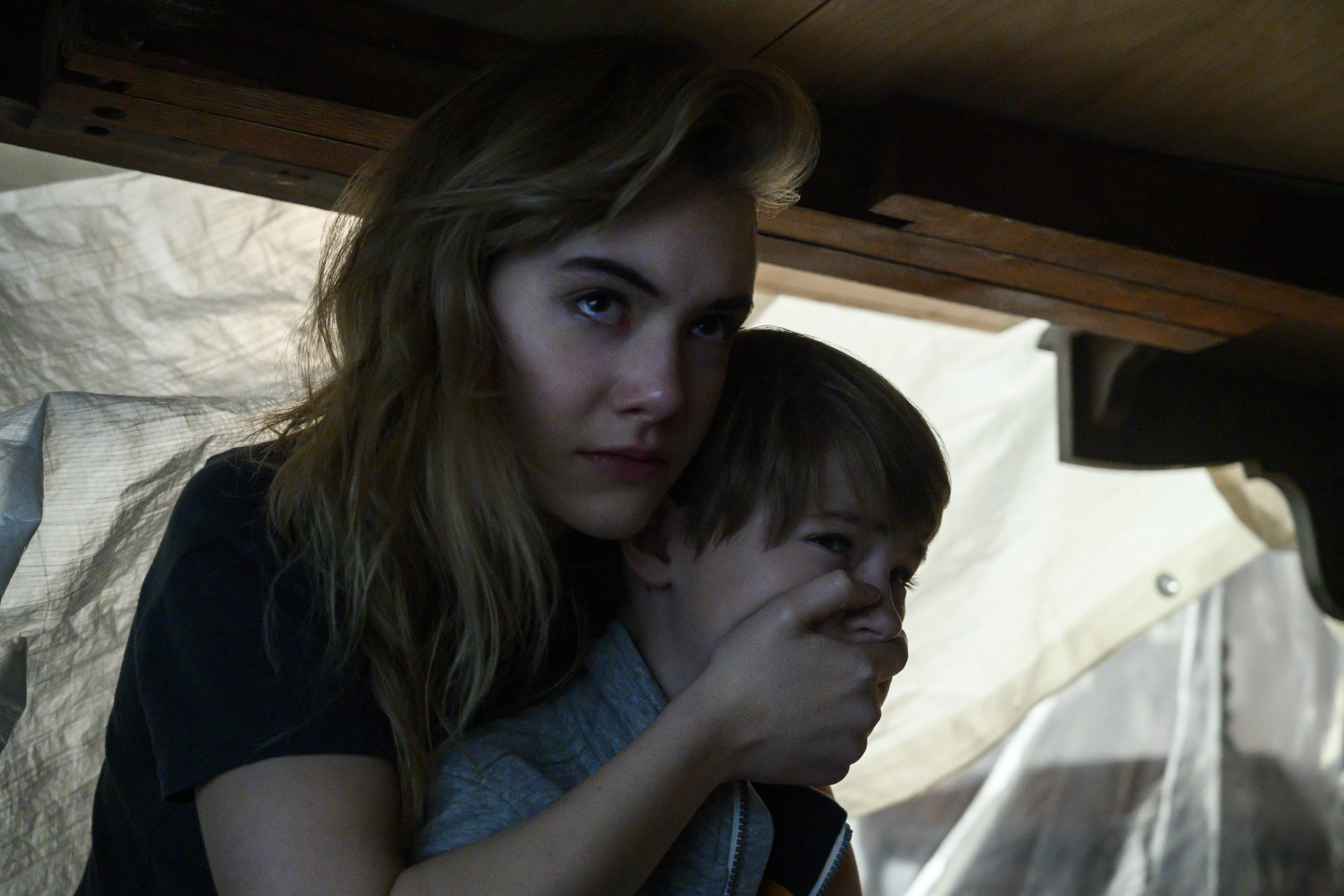
Speaking of a potential second season, there is certainly some room for improvement. A few of the ancillary characters are underdeveloped – in particular, Eden, the stereotypical “mean girl” at Matheson Academy, is never permitted to move beyond a two-dimensional depiction. And while the parts of the story that focus on the Locke children are excellent, some of the scenes focusing on the adult characters can seem to drag on longer than necessary.
But in spite of some slight flaws, the first season of Locke & Key is engaging and hard to walk away from, providing an outstanding platform for the next chapter in the adventures of the Locke kids. The potential to further expand the world introduced in the first season is enormous, particularly given the show’s willingness to introduce new keys, and the season finale will leave viewers on the edge of the seat and asking plenty of questions about what might be coming next – even if they’ve read every issue of the comics.
Welcome to Matheson. You’re home to stay.
The first season of Locke & Key will be available for streaming on Netflix on February 7th, 2020.


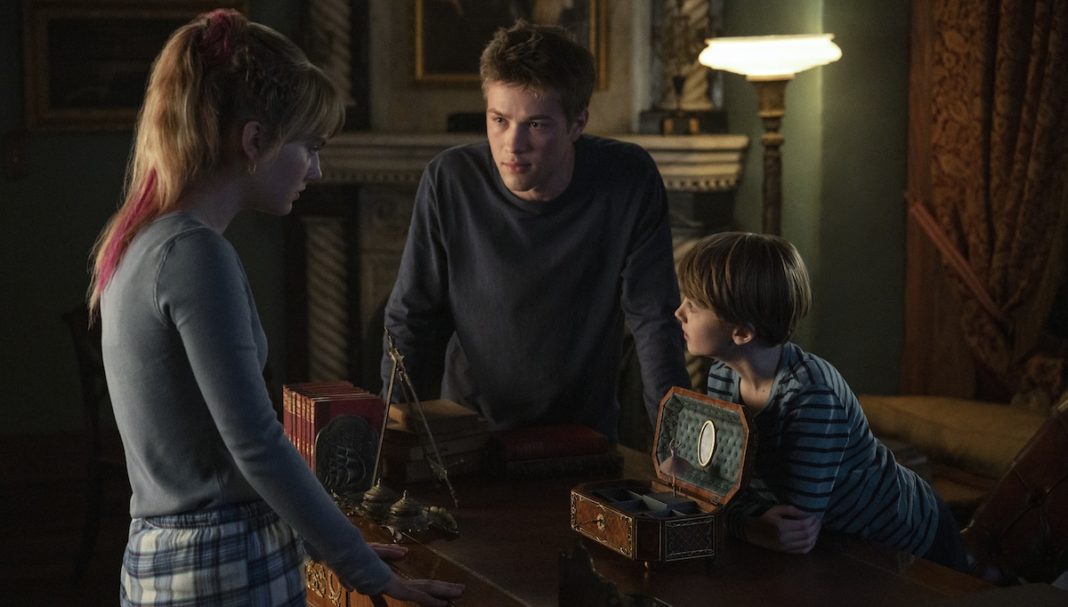


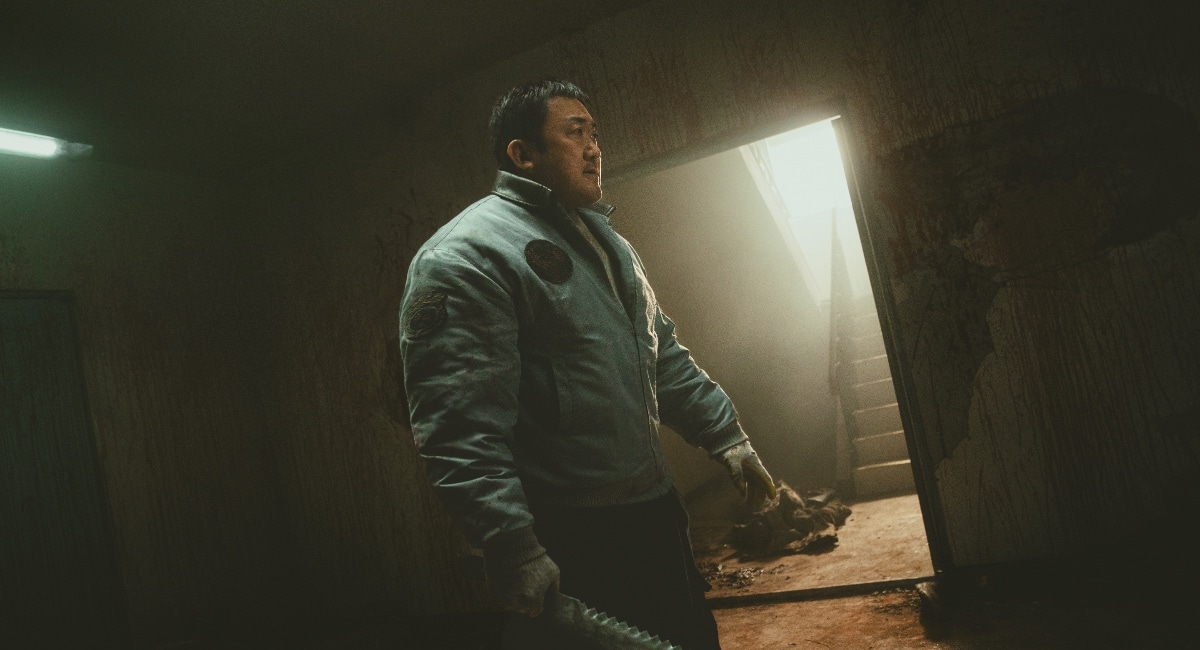
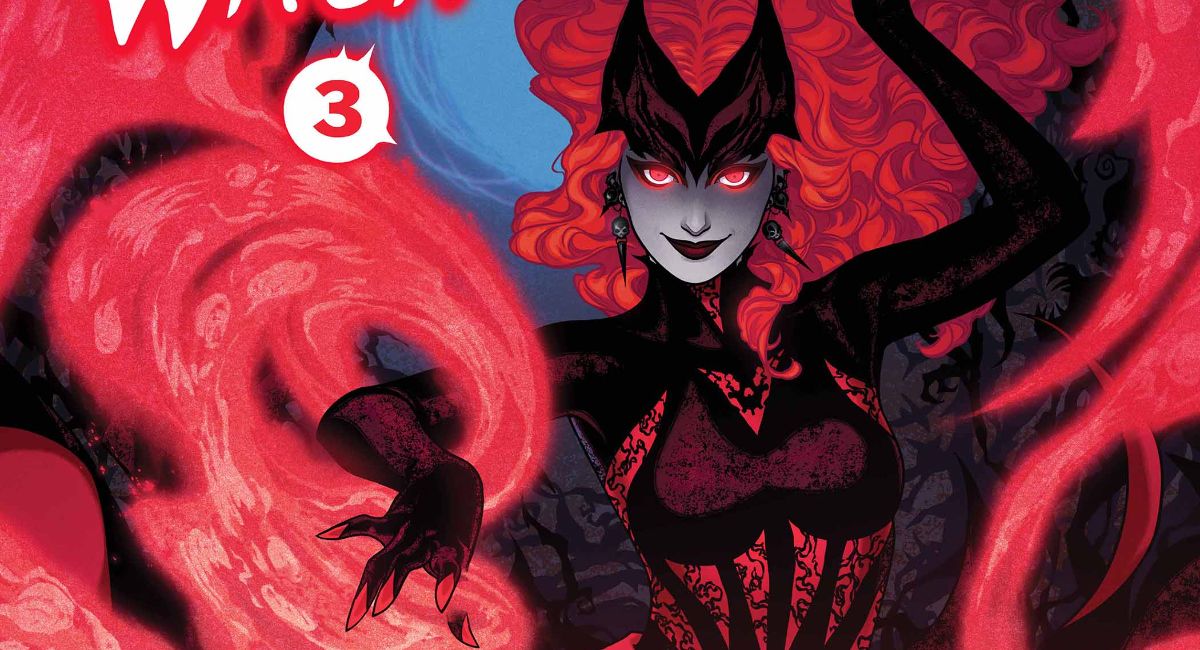


I hope to see the Shadow key and the Animal key.
Comments are closed.